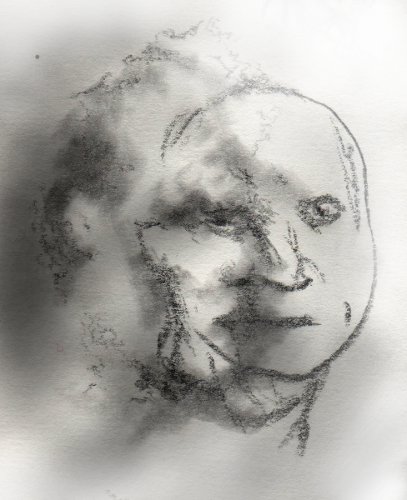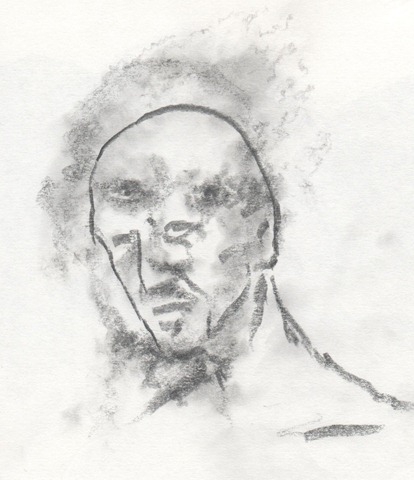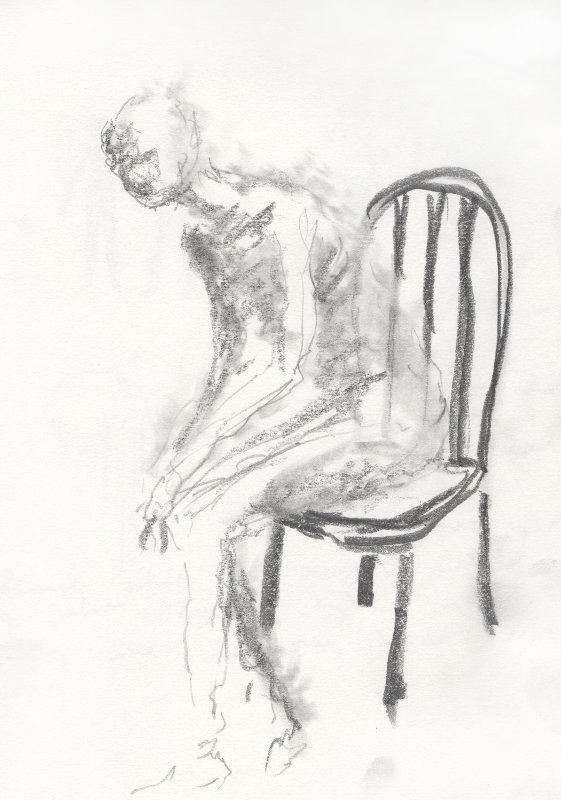 We think of ourselves as land animals, but in truth the air is our element. We live on the seabed of a gaseous ocean, and just because the air we inhabit is invisible to us that does not mean it does not exist. What is invisible to us is so often what is most important. While writing this book I have come to think of the air as something reassuringly connective. Something that links me to you, as it does you to everyone you know. We are all submerged in it and drawing upon it together. The air in your lungs becomes the air in your blood, in your heart. As long as you remain alive and breathing, a part of you is always air.
We think of ourselves as land animals, but in truth the air is our element. We live on the seabed of a gaseous ocean, and just because the air we inhabit is invisible to us that does not mean it does not exist. What is invisible to us is so often what is most important. While writing this book I have come to think of the air as something reassuringly connective. Something that links me to you, as it does you to everyone you know. We are all submerged in it and drawing upon it together. The air in your lungs becomes the air in your blood, in your heart. As long as you remain alive and breathing, a part of you is always air.
We think of the clouds as distinct objects floating in empty space backdropped by blue, but in truth they are just patches of air that have lost their invisibility. They are a heavy sort of air more susceptible to gravity. They are the patternation of the thing we are breathing and we can breathe them on mountaintops or on foggy or misty days. Then the air we are breathing is cloud and because the air we breathe becomes a part of us we are part cloud too.
In books and films the weather has always been part human, raining in sympathy with characters who are down, raging during wars and ordeals, letting rip the feelgood fuzzy sunshine when the happy ending comes to pass. At some point a few years ago I began to wonder what it would be like if the weather really did come to life, becoming flesh and blood in various forms.
These are some drawings I made while writing The Man who Rained. They’re studies of Finn Munro, who is the titular character. He is, of course, part weather, perhaps all weather, although you’ll have to read it to determine for yourself his exact complexion.


